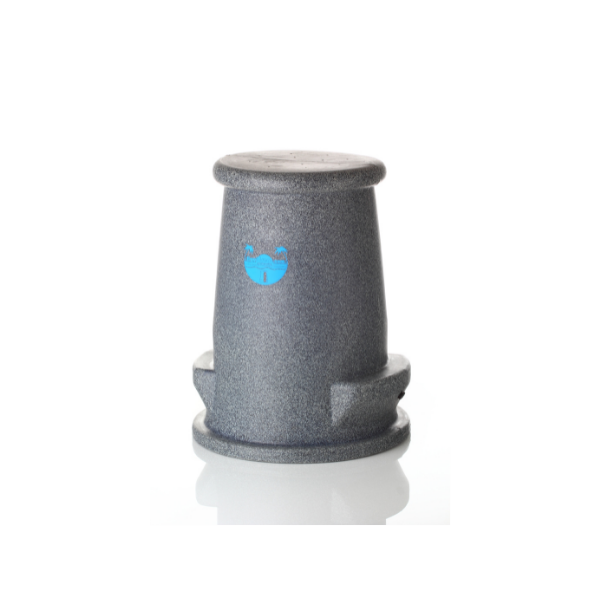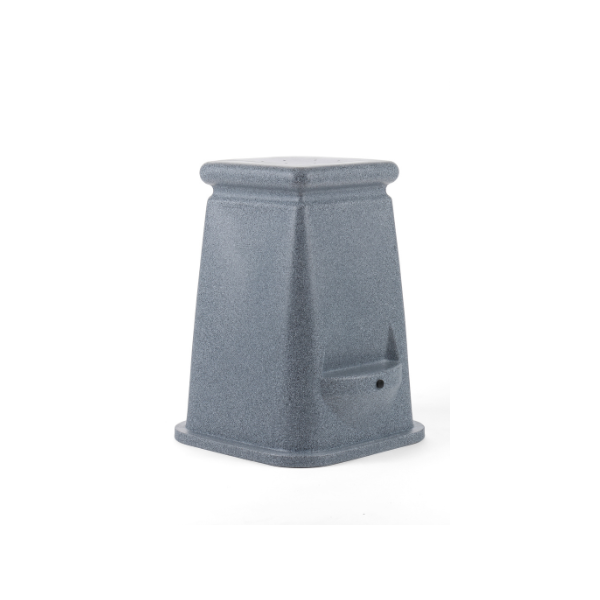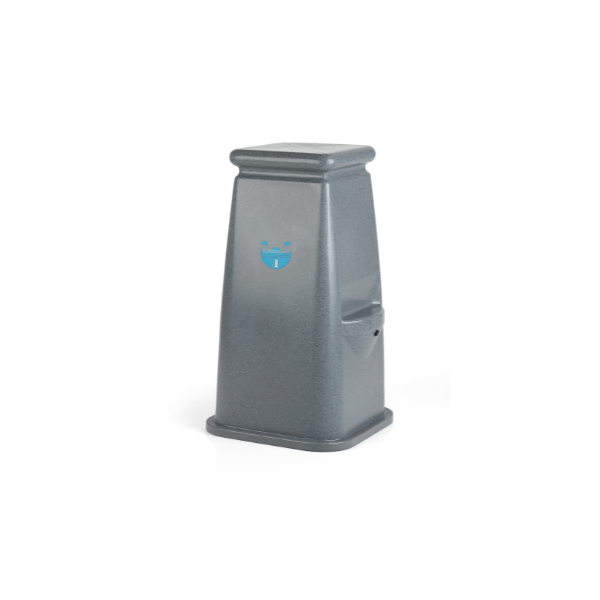Tips on Winterizing Your Pool
Winter is coming! Seasonality is one of the biggest factors impacting whether or not you can call yourself a pool owner. Typically, in colder climates such as Colorado or Minnesota, residential pools are less common than in Arizona or Texas where it stays hotter year round. That’s because the time you can enjoy your pool is greatly reduced by colder temperatures year round, and the amount of maintenance required increases.
For those who own pools in colder climates such as the northeast or midwest, approaching cold weather means that it is time to winterize! Without proper preparation and care, your pool can suffer from cold temperatures and seasonal neglect, but you can prevent that nightmare from happening by following the tips below.
Make Sure the Pool is Clean and Healthy
Before you start the winterization process, its imperative that you make sure your pool is clean and well-balanced. Once the pool is covered, its very difficult to clean and maintain, so make sure that you treat your pool first. For cleaning tips, you can read the articles below:
Lower the Water Level
Depending on the cover you have, you may need to lower your water level before covering your pool for the season. For floating covers, it’s best to lower your water a few inches below the skimmers to provide ample room for the covers sit on top of the water. If you're working with above ground covers, your pool's water level does not need to be lowered.
Blowing Out Your Pipes
For pool owners who live in colder climates, cold weather can cause your pool pipes to freeze during the winter months. Water expands when it freezes, up to 9% of its original volume. This creates the perfect scenario for bursting pipes in your pool’s intake system. There are several ways to clear your pipes and if you have a good understanding of your pool plumbing, it can be a simple job. The most common way to clear your pipes is to use an air compressor or a shop-vac to force water out of the system. This video below walks you through the process of blowing your pipes, step by step.
Clear Your Drains
Once your pipes are blown, be sure to clear out any excess debris in your skimmers and filters.
Covering Your Pool
Once you've cleared your pipes and gotten rid of any excess debris, the last and final step to winterizing your pool is covering your pool. Your pool cover will prevent any fall debris from getting into your pool while its winterizing. If you don’t have a floating pool cover and use a net to cover your pool, it's best to use weights or anchors to keep your net from falling into the pool due to debris.
Looking for other pool maintenance tips? See below:




